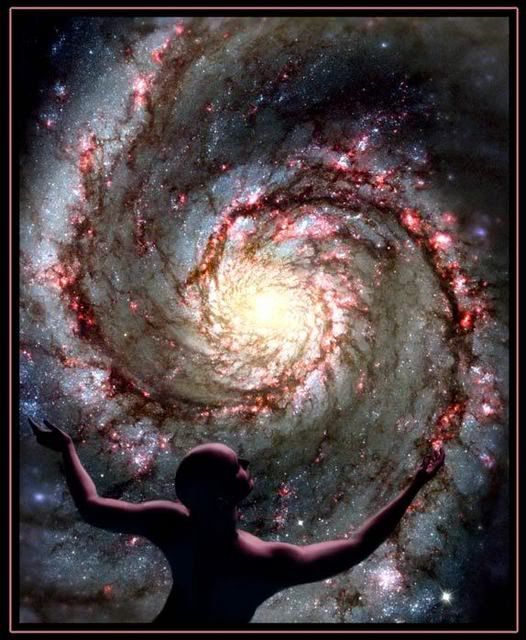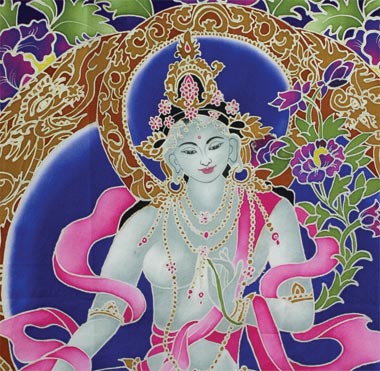
As indivisible air getting into the world becomes essence of every nature,
so the indivisible "Self" of all existing stays also beyond.
The
Katha Upanishad tells the story of Naciketas, a student who is initiated into traditional Upanishadic wisdom regarding the nature of reality. Naciketas offers to be sacrified by his father who is giving away all his possessions. He is sent to Yama, the god of death, who tests Naciketas for his qualifications to seek wisdom and eventually leads him on a gradual path to enlightenment.
Chapter II
1
There is a city with eleven gates belonging to the unborn Atman of undistorted Consciousness. He who meditates on Him grieves no more; liberated from the bonds of ignorance, he becomes free. This, verily, is That.
2
He is the sun dwelling in the bright heavens. He is the air in the interspace. He is the fire dwelling on earth. He is the guest dwelling in the house. He dwells in men, in the gods, in truth, in the sky. He is born in the water, on earth, in the sacrifice, on the mountains. He is the True and the Great.
3
He it is who sends prana upward and who leads apana downward. All the devas worship that adorable One seated in the middle.
4
When the soul, identified with the body and dwelling in it, is torn away from the body, is freed from it, what then remains? This, verily, is That?
5
No mortal ever lives by prana, which goes up, nor by apana, which goes down. Men live by something different, on which these two depend.
6
Well then, Gautama, I shall tell you about this profound and eternal Brahman and also about what happens to the atman after meeting death.
7
Some jivas enter the womb to be embodied as organic beings and some go into non—organic matter—according to their work and according to their knowledge.
8
He, the Purusha, who remains awake while the sense—organs are asleep, shaping one lovely form after another, that indeed is the Pure, that is Brahman and that alone is called the Immortal. All worlds are contained in Him and none can pass beyond. This, verily, is That.
9
As the same non—dual fire, after it has entered the world, becomes different according to whatever it burns, so also the same non—dual Atman, dwelling in all beings, becomes different according to whatever It enters. And It exists also without.
10
As the same non—dual air, after it has entered the world, becomes different according to whatever it enters, so also the same non—dual Atman, dwelling in all beings, becomes different according to whatever It enters. And It exists also without.
11
As the sun, which helps all eyes to see, is not affected by the blemishes of the eyes or of the external things revealed by it, so also the one Atman, dwelling in all beings, is never contaminated by the misery of the world, being outside it.
12
There is one Supreme Ruler, the inmost Self of all beings, who makes His one form manifold. Eternal happiness belongs to the wise, who perceive Him within themselves—not to others.
13
There is One who is the eternal Reality among non—eternal objects, the one truly conscious Entity among conscious objects and who, though non—dual, fulfils the desires of many. Eternal peace belongs to the wise, who perceive Him within themselves—not to others.
14
The sages realise that indescribable Supreme Joy as "This is That." How can I realise It? Is It self—luminous? Does It shine brightly, or not?
15
The sun does not shine there, nor the moon and the stars, nor these lightnings—not to speak of this fire. He shining, everything shines after Him. By His light all this is lighted.




































